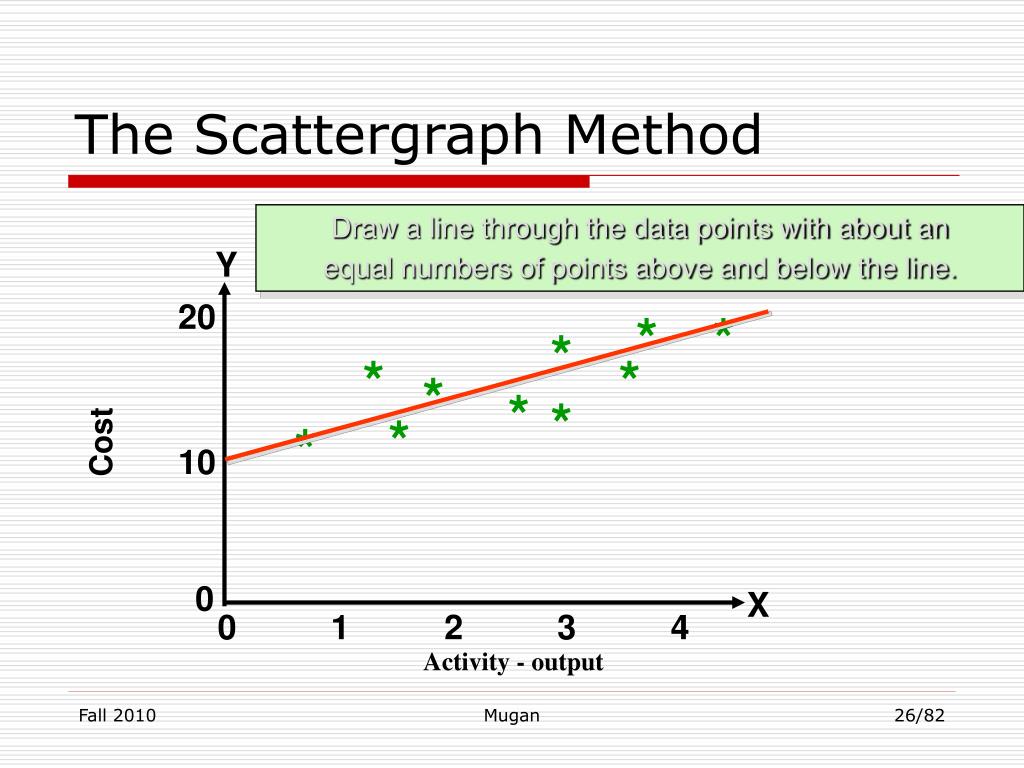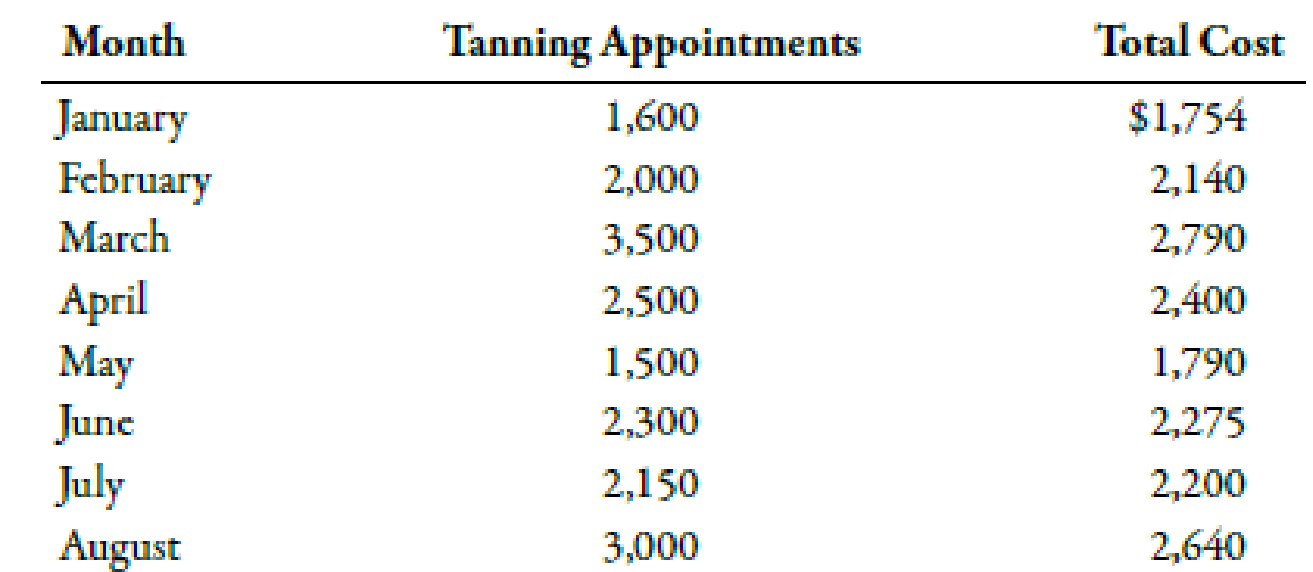
In summary, understanding fixed costs is essential for making informed business decisions. By recognizing their impact and managing them effectively, organizations can achieve financial stability and sustainable growth. As you can see from the scatter graph, there is really not a linear relationship between how many flight hours are flown and the costs of snow removal. This makes sense as snow removal costs are linked to the amount of snow and the number of flights taking off and landing but not to how many hours the planes fly. J&L can now use this predicted total cost figure of $11,750 to make decisions regarding how much to charge clients or how much cash they need to cover expenses. Again, J&L must be careful to try not to predict costs outside of the relevant range without adjusting the corresponding total cost components.
Cost Behavior and Analysis
As the names indicate, a 2D scatter plot has coordinates on a two-dimensional graph with an x- and y-axis (like you see on a piece of paper). A 3D scatter plot uses a three-dimensional grid system incorporating a z-axis to show additional features like scale, product size, or price. And there you have it—the High-Low Method demystified, sans the usual jargon. Now, armed with this knowledge, you can confidently tackle your mixed costs and impress your colleagues at the next budget meeting. And there you have it—the unvarnished truth about mixed costs, sans Google searches or secret scrolls. Let’s take a more in-depth look at the cost equation by examining the costs incurred by Eagle Electronics in the manufacture of home security systems, as shown in Table 2.9.
Exploring Variable Costs
- J&L can now use this predicted total cost figure of $11,750 to make decisions regarding how much to charge clients or how much cash they need to cover expenses.
- In cost accounting, the Scatter Graph is used to separate the fixed and variable costs from the mixed cost.
- The account analysis ($578,428), scattergraph method ($580,756), and regression analysis ($577,891) all yield similar estimated production costs.
- One of the assumptions that managers must make in order to use the cost equation is that the relationship between activity and costs is linear.
The account analysis ($578,428), scattergraph method ($580,756), and regression analysis ($577,891) all yield similar estimated production costs. The high-low method varies significantly from the other three approaches, likely because only two data points are used to estimate unit variable cost and total fixed costs. Once the scattergraph is constructed, the next step is to interpret the plotted data to distinguish between fixed and variable costs. The intercept of this line on the vertical axis represents the fixed costs. These are the costs that remain unchanged regardless of the level of activity. For example, rent, salaries, and insurance premiums typically fall into this category.
Identifying Fixed and Variable Costs
Let’s look at a practical example involving the scattergraph method. This content has been made available for informational purposes only. Learners are advised to conduct additional research to ensure that courses and other credentials pursued meet their personal, professional, and financial goals. Market intelligence and risk assessment are critical components in the strategic planning and… Visually fit a line to the data points and be sure the line touches one data point.
Mixed costs: How to identify and separate your mixed costs

Variable costs change in direct proportion to the level of activity. For instance, raw materials and direct labor costs usually reporting stockholder equity vary with the number of units produced. The steeper the slope, the higher the variable cost per unit of activity.
Now, the Beach Inn can apply the cost equation in order to forecast total costs for any number of nights, within the relevant range. Despite its limitations, the scattergraph method can be a useful preliminary tool for understanding cost behavior, especially when combined with other methods for more rigorous analysis. Although scatter plots help show the relationship between variables, they are one of many ways to visualize data. Understanding the pros and cons of this type of graph can help you decide if it’s the right tool for your project.
Susan did request that her staff prepare a scattergraph and review it for any unusual data points before performing regression analysis. Based on the scattergraph prepared, all agreed that the data was relatively uniform and no outlying data points were identified. Using a scatter graph to determine if this linear relationship exists is an essential first step in cost behavior analysis. If the scatter graph reveals a linear cost behavior, then managers can proceed with a more sophisticated analyses to separate mixed costs into their fixed and variable components. However, if this linear relationship is not present, then other methods of analysis are not appropriate. Let’s examine the cost data from Regent Airline using the high-low method.
You will learn more about these various labels and how they are applied in decision-making processes as you continue your study of managerial accounting in this course. Understanding how to effectively use the scattergraph method can significantly enhance the accuracy of cost predictions and budgeting processes. Costs that vary directly with changes in the level of activity or volume within an organization.
Remember, the interplay between fixed and variable costs shapes the financial health of any organization. When creating the scatter graph, each point will represent a pair of activity and cost values. Maintenance costs are plotted on the vertical axis (Y), while flight hours are plotted on the horizontal axis (X).
